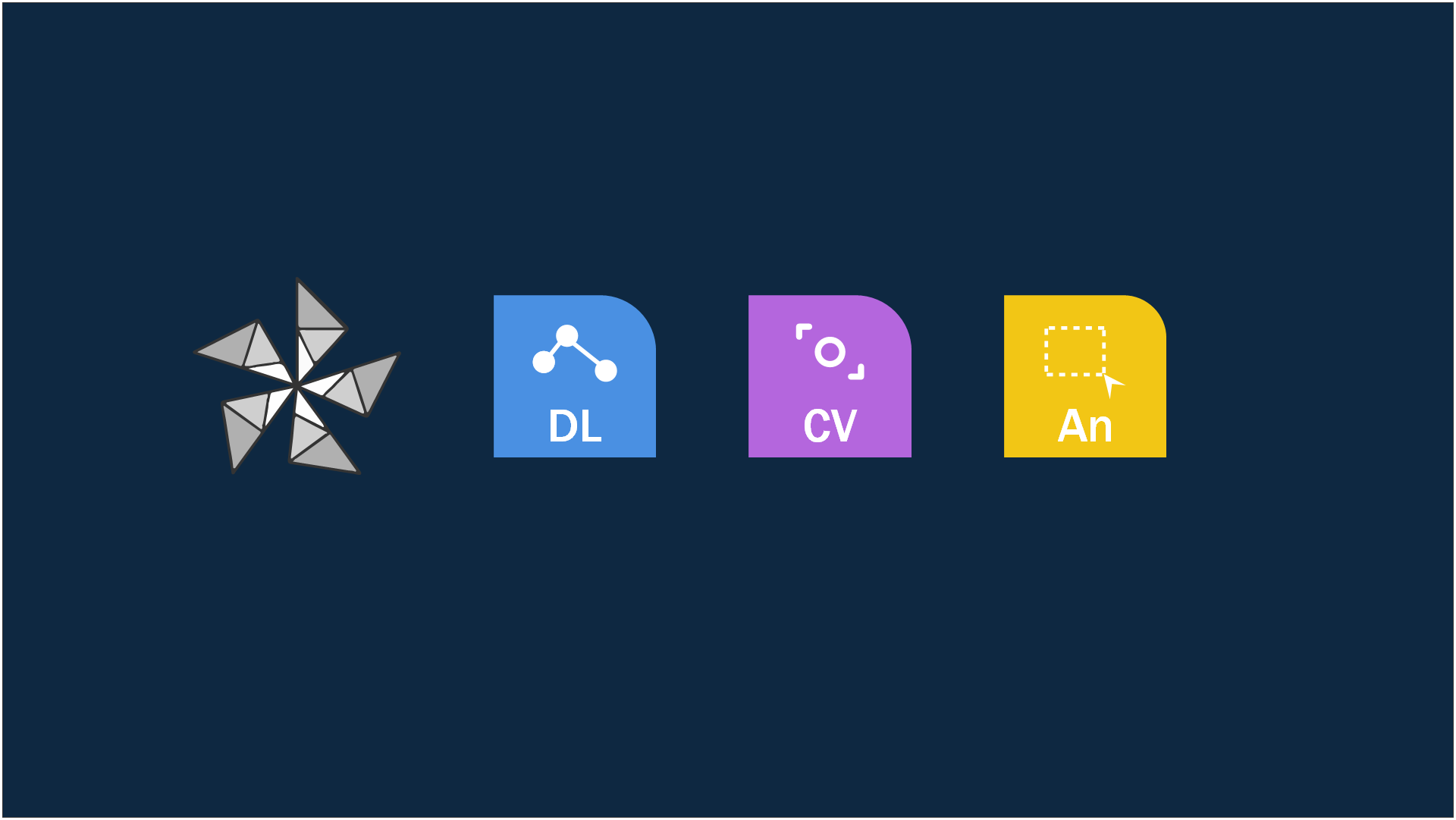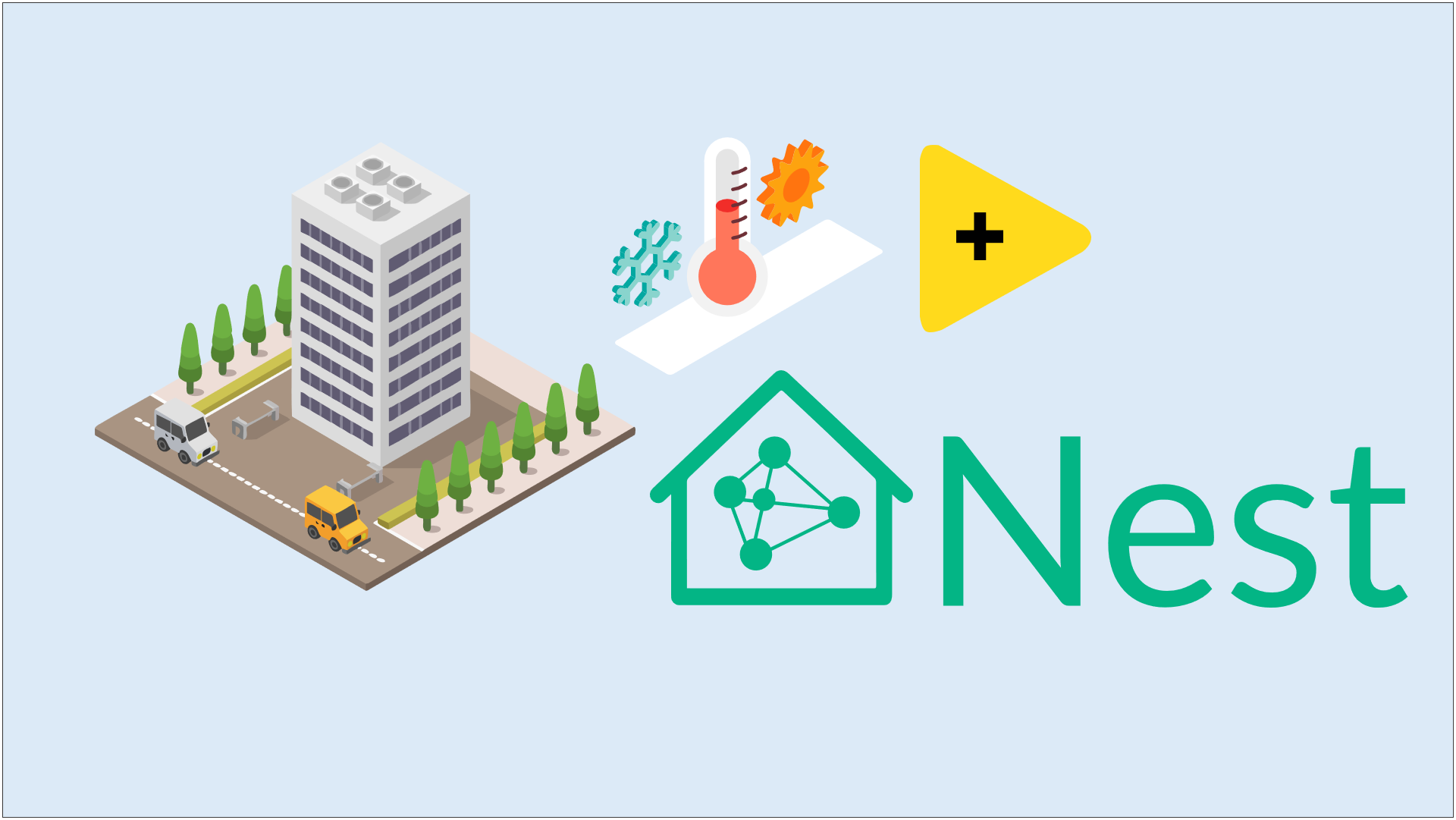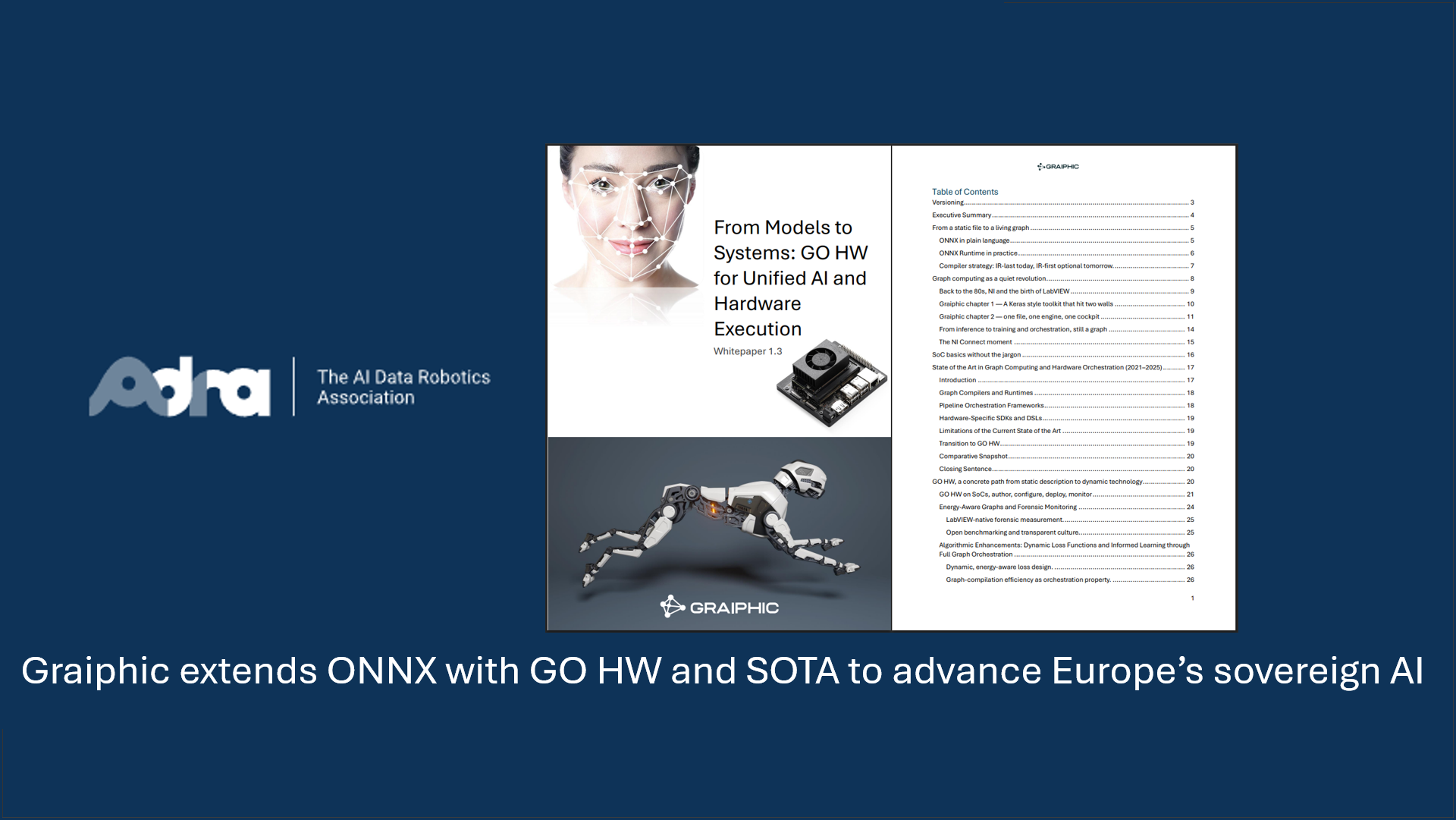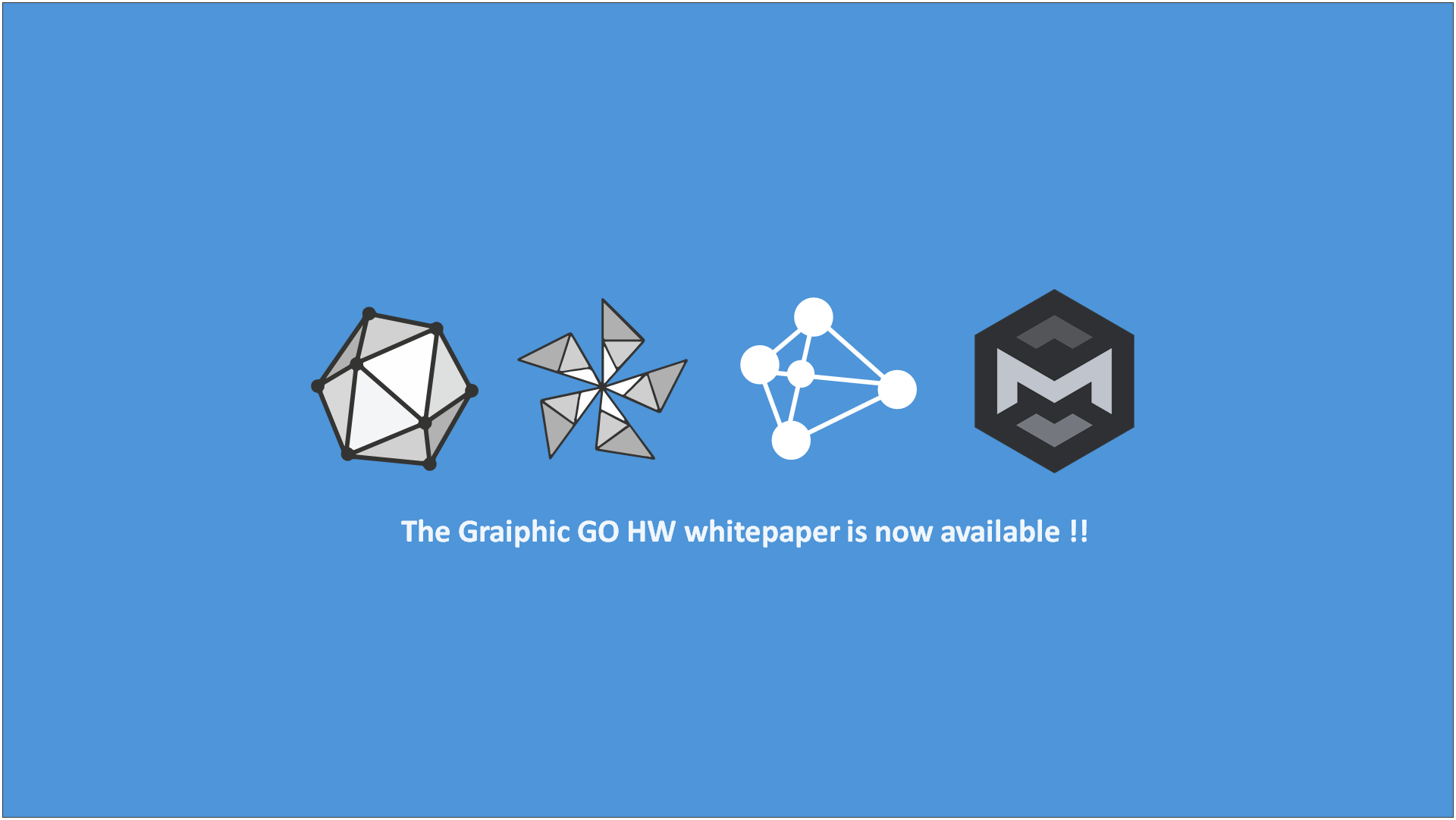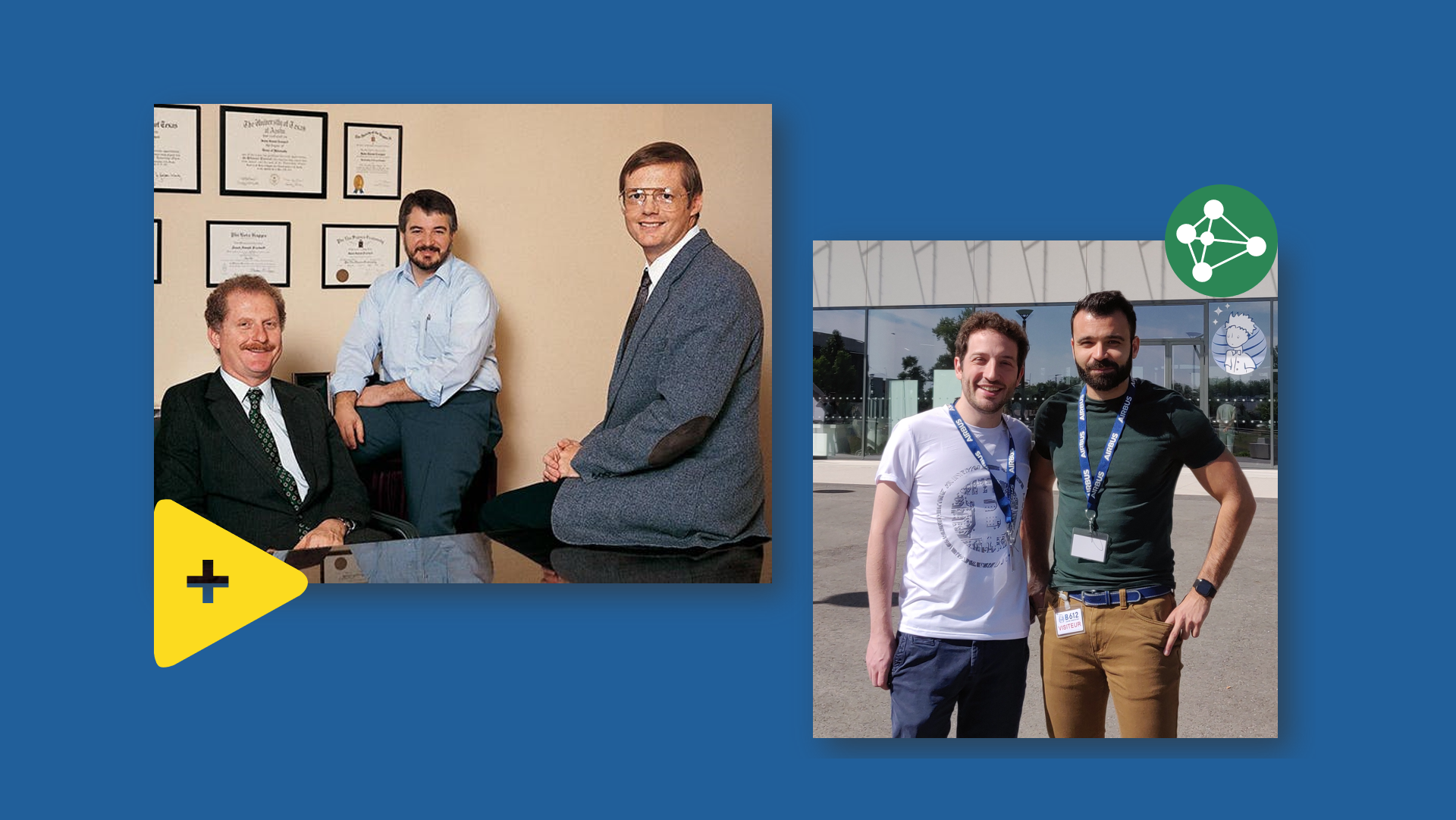ONNX Runtime: A Game-Changer for AI
The Open Neural Network Exchange (ONNX) and its execution engine, ONNX Runtime, have become cornerstones of interoperability in artificial intelligence. Designed to unify the fragmented AI framework ecosystem, ONNX allows seamless conversion, optimization, and execution of models across various platforms and hardware architectures, from CPUs to GPUs and NPUs.
ONNX Runtime stands out for its efficiency, optimizing model performance while ensuring compatibility with a wide range of libraries such as PyTorch, TensorFlow, and Keras. This flexibility has led to its widespread adoption, not only in businesses but also across diverse industries, solidifying its role at the heart of AI innovation.
Graiphic: A New Contributor to ONNX Runtime
Since December last year, Graiphic has joined the ONNX Runtime community as an active contributor, focusing on enhancing its training capabilities. This strategic move aligns with our vision to reduce reliance on other frameworks like PyTorch by fully leveraging the ONNX ecosystem—from training to deployment.
Thanks to Microsoft’s generous knowledge transfer and mentorship, we have begun contributing by developing support for critical training nodes, such as Atan. Our goal is to enrich ONNX Runtime to enable training complex models, especially in computer vision applications like YOLO v11.
Our Progress and Vision
Our work on ONNX Runtime also marks a pivotal milestone in the development of our SOTA suite, which includes the Deep Learning Toolkit and the Computer Vision Toolkit. These tools are designed to provide a unified, streamlined experience for engineers and researchers.
For example, the Computer Vision Toolkit now includes advanced features such as interactive medical segmentation visualization and real-time ROI editing. These tools demonstrate our commitment to delivering comprehensive, high-performance solutions for a wide range of applications, from industrial systems to medical research.
Additionally, we are actively developing an advanced annotation tool for classification and segmentation. Inspired by Roboflow, this tool will not only enable efficient data annotation but also launch automated model generation workflows, fully integrated into the Deep Learning Toolkit. This project represents a significant leap toward fully automating the AI pipeline.




